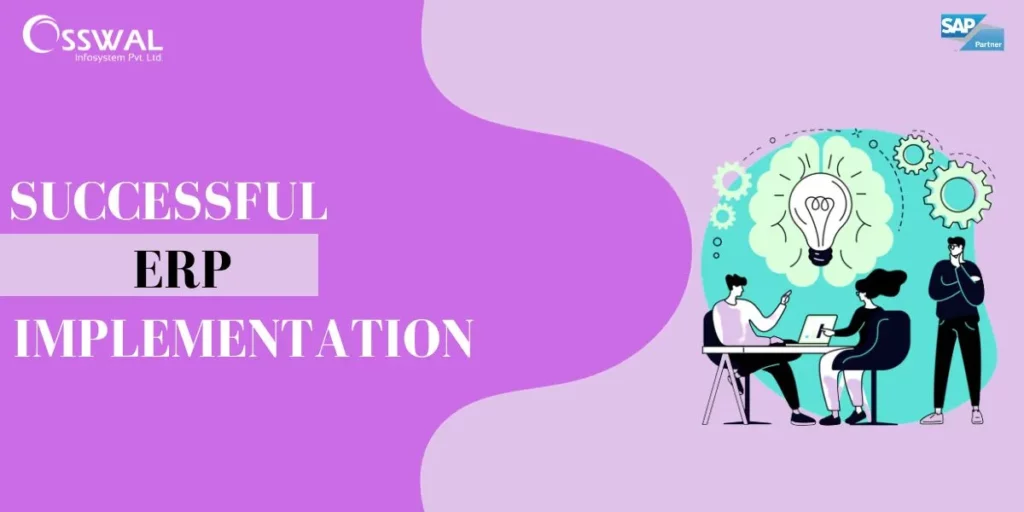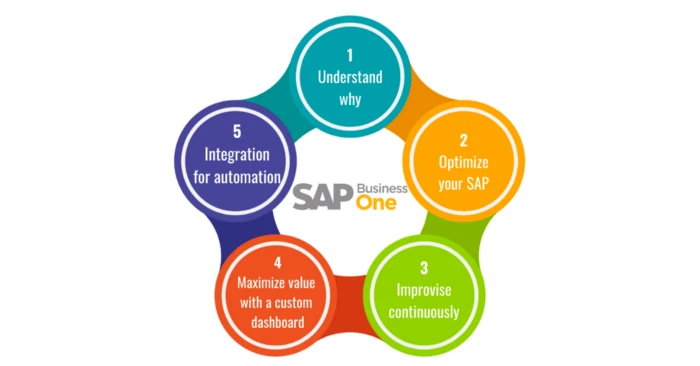Implementing an Enterprise Resource Planning (ERP) system can be a transformative journey for any organization. While the promise of streamlined operations and improved efficiency is enticing, the path to ERP success often involves significant changes in processes, workflows, and even company culture. To navigate this transformation successfully, a robust change management strategy is essential. In this blog post, we will explore effective change management strategies that pave the way for a successful ERP implementation.
Establish Clear Objectives and Vision
Before embarking on an ERP implementation, it’s crucial to define clear objectives and a compelling vision for the project. What specific outcomes do you hope to achieve with the ERP system? How will it align with your business goals? Communicate this vision to all stakeholders, from top-level executives to end-users. A well-defined vision serves as a guiding light throughout the implementation process.
Build a Cross-Functional Team
ERP implementation is a multifaceted endeavor that involves various departments and stakeholders. Create a cross-functional team representing different areas of the organization. This team will help ensure that all perspectives are considered, and that the ERP system aligns with the needs of different departments. It also fosters a sense of ownership and collaboration among team members.
Conduct Comprehensive Training
Effective training is paramount to ERP success. Invest in comprehensive training programs tailored to different user groups. Ensure that employees have the skills and knowledge they need to use the ERP system effectively. Training should not be a one-time event but an ongoing process to address evolving needs and new hires.
Communication is Key
Transparent and frequent communication is vital during ERP implementation. Keep all stakeholders informed about project progress, milestones, and any changes. Address concerns and provide a platform for feedback. An open and communicative approach builds trust and reduces resistance to change.
Manage Resistance to Change
Resistance to change is natural in any organization. Recognize this resistance and address it proactively. Identify change champions within your organization who can lead by example and encourage others to embrace the changes. Engage with employees to understand their concerns and provide support and reassurance.
Pilot Testing and Feedback Loops
Before rolling out the ERP Software organization-wide, conduct pilot testing with a select group of users. Gather feedback and use it to fine-tune the system and address any issues. This iterative approach ensures that the ERP system is refined and optimized before widespread deployment.
Celebrate Small Wins
Acknowledge and celebrate small wins and milestones throughout the ERP implementation process. Recognizing achievements boosts morale and keeps employees motivated. It also reinforces the notion that progress is being made toward the ultimate goal.
Document Processes and Best Practices
Documenting processes and best practices is essential for knowledge transfer and continuity. Ensure that employees have access to clear guidelines and documentation for using the ERP system effectively. This documentation becomes a valuable resource for ongoing training and reference.
Provide Ongoing Support
Post-implementation support is critical. Establish a support system that users can turn to for assistance and troubleshooting. Timely resolution of issues and continuous improvement efforts contribute to long-term ERP success.
Monitor and Measure Progress
Set Key Performance Indicators (KPIs) to monitor the impact of the ERP system on your organization’s performance. Regularly measure progress against these KPIs to assess the system’s effectiveness and identify areas for improvement.
In conclusion, ERP implementation is not just about adopting new technology; it’s about managing change effectively. A well-planned change management strategy is essential to ensure that the ERP system delivers the anticipated benefits while minimizing disruptions. By establishing clear objectives, building a cross-functional team, providing comprehensive training, fostering open communication, and addressing resistance to change, organizations can navigate the ERP implementation process with confidence and achieve successful outcomes that propel them toward greater efficiency and competitiveness.



